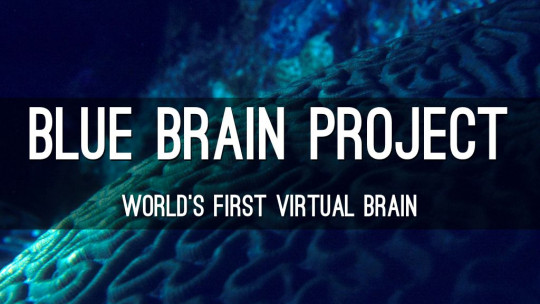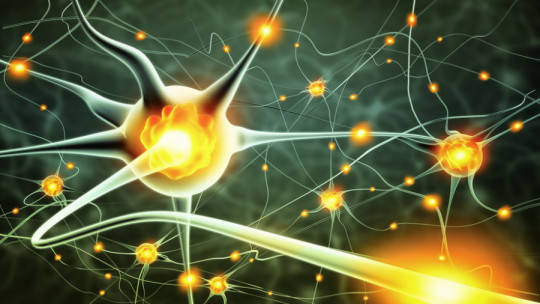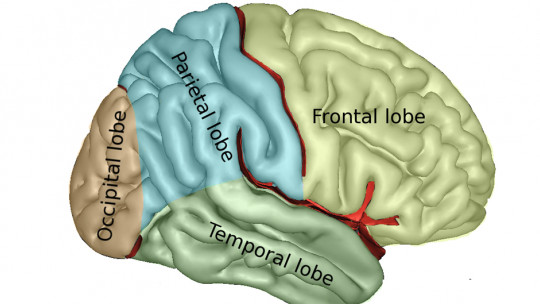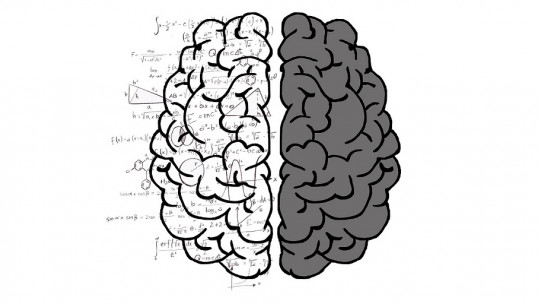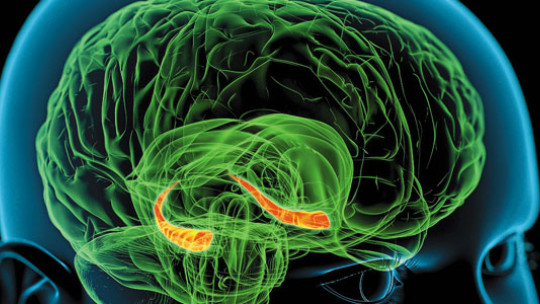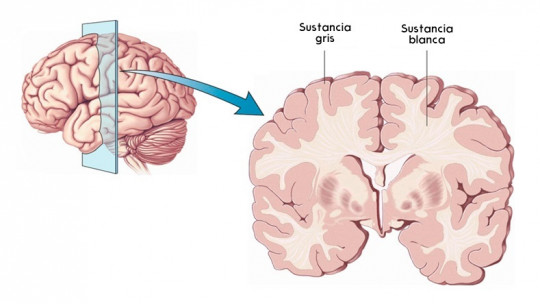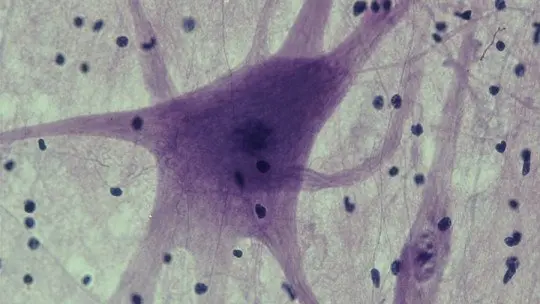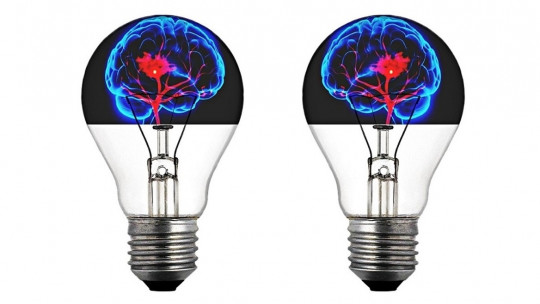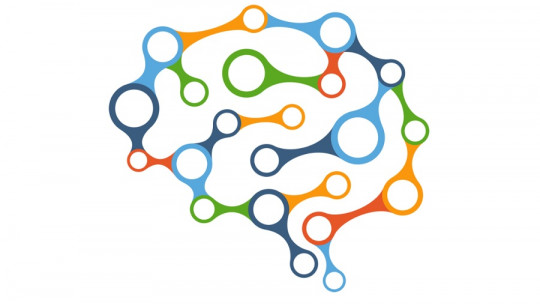
There are many questions about the brain that continue to intrigue neuroscientists today. How does this organ develop? Are there stages of brain development? Are there critical periods when certain events must happen for the brain to develop normally? And, perhaps the most important: how does the brain process information?
Throughout this article we will try to understand the latter: how our brain processes the information it receives from outside, and how it stores and retrieves said information; But first, we will address some basic concepts that will help us better understand the functioning of this wonderful and complex organ.
Some basic concepts
To understand how our brain is able to process the information it receives from the environment, we must first know how it works inside. Nerve cells or neurons are those that receive information from other nerve cells or sensory organs. These neurons are equipped with a cell body, a kind of metabolic heart, and a huge tree-shaped structure called the dendritic field, which is the input side of the neuron.
Information reaches the cell from projections called axons Most excitatory information reaches the cell from the dendritic field, often through small dendritic projections called spines. The junctions through which information passes from one neuron to another are called synapses, which can be excitatory or inhibitory in nature.
Synaptic connections are added to the brain in several ways; one of them is through the overproduction of synapses and subsequent selective loss. The overproduction and loss of synapses is a fundamental mechanism that the brain uses to incorporate information from experience, and it tends to occur during the early periods of development.
For example, in the visual cortex, the area of the cerebral cortex of the brain that controls vision, a person has many more synapses at 6 months of age than in adulthood. This is because more and more synapses form in the first months of life, and then disappear, sometimes in large numbers. The time required for this phenomenon to run its course varies in different parts of the brain, from 2 to 3 years in the human visual cortex to 8 to 10 years in some parts of the frontal cortex.
The nervous system establishes a large number of connections ; The experience is reproduced in this network, selecting the appropriate connections and eliminating the inappropriate ones. What remains is a refined final form that forms the sensory and perhaps cognitive foundations for later phases of development. The second method of synapse formation is by adding new synapses.
Unlike the overproduction and loss of synapses, this process of synapse addition operates throughout human life and is especially important in later life. This process is not only sensitive to experience, but is actually driven by it. The addition of synapses probably underlies some, or even most, forms of memory But before storing and processing information, the brain needs to encode and filter it. Let’s see how.
How does the brain process information?
Information processing begins with the input of the sensory organs, which transform physical stimuli such as touch, heat, sound waves or light photons into electrochemical signals. Sensory information is repeatedly transformed by the brain’s algorithms in both bottom-up and top-down processing.
For example, when looking at an image of a black box on a white background, bottom-up processing gathers very simple information such as color, orientation, and where the edges of the object are, where the color changes significantly in a short space (to decide which you are looking at a box). Top-down processing uses decisions made in some steps of the bottom-up process to speed up object recognition.
Once the information is processed to a certain point, an attentional filter decides how important the signal is and what cognitive processes should be available. For example, although the brain processes each blade of grass when you look at your shoes, a specific attention filter prevents you from noticing them individually On the contrary, your brain is able to perceive and hear your name, even when you are in a noisy room.
There are many stages of processing, and processing outcomes are modulated by attention repeatedly. However, for the brain to process information, it must first be stored. Let’s see how he does it.
Storage of information
For the brain to process information, it must first be stored. There are multiple types of memory, including sensory and short-term memory, working memory, and long-term memory. First, information must be encoded, and there are different types of encoding specific to different types of sensory stimuli.
For example, verbal input can be encoded structurally, referring to how the printed word looks; phonologically, referring to how the word sounds; or semantically, referring to what the word means. Once information is stored, it must be maintained. Some animal studies suggest that working memory, which stores information for about 20 seconds, is maintained by an electrical signal that runs through a particular series of neurons for a short period of time.
With regard to long-term memory, it has been suggested that the information that is consolidated in this store is maintained in the structure of certain types of proteins. With everything, There are numerous models of how knowledge is organized in the brain some based on the way human subjects retrieve memories, others based on computer science and computing, and others based on neurophysiology.
The semantic network model, for example, establishes that there are nodes that represent concepts and that these nodes are linked based on their relationship. For example, in a semantic network, the word “chair” might be linked to “table,” which might be linked to “wood,” and so on. Another model is the connectionist, which states that a piece of knowledge is represented simply by a pattern of neural activation rather than by meaning.
There is still no universally accepted knowledge organization model because each one has its strengths and weaknesses, so in this sense more research is required in this regard.
The recovery of information
Once stored, memories must eventually be retrieved from the memory store. Remembering past events is not like watching a video recording. In fact, it has more to do with a process of reconstructing what may have happened based on the details that the brain chose to store and was able to remember.
Information retrieval is triggered by a signal, an environmental stimulus which prompts the brain to retrieve the memory in question. Evidence shows that the better the retrieval cue, the better the chances of remembering something. It is important to note that the retrieval cue can also cause a person to reconstruct a memory incorrectly.
Distortions in memories can occur in several ways, including varying the wording of a question. For example, simply asking someone if a black car had left a crime scene may cause the person to remember seeing a black car during a subsequent interrogation. This has been systematically observed in studies with witnesses in court cases, where it has been seen how easy it is to manipulate and implant false memories.
Studies in this field also indicate that the mind is not just a passive recorder of events, but rather actively works to both store and retrieve information. Research shows that when a series of events are presented in a random sequence, people rearrange them into sequences that make sense when they try to remember them.
Memory retrieval, therefore, requires revisiting the brain’s neural pathways formed when encoding a memory, and the strength of those pathways determines how quickly it can be retrieved. This recovery effectively returns a memory located in long-term storage to short-term or working memory where it can be accessed again, in a kind of mirror image of the encoding process.
After all, the memory is re-stored in long-term memory, which consolidates and strengthens it again. In short, our memory system is as complex as it is efficient, although there is still much to investigate.

